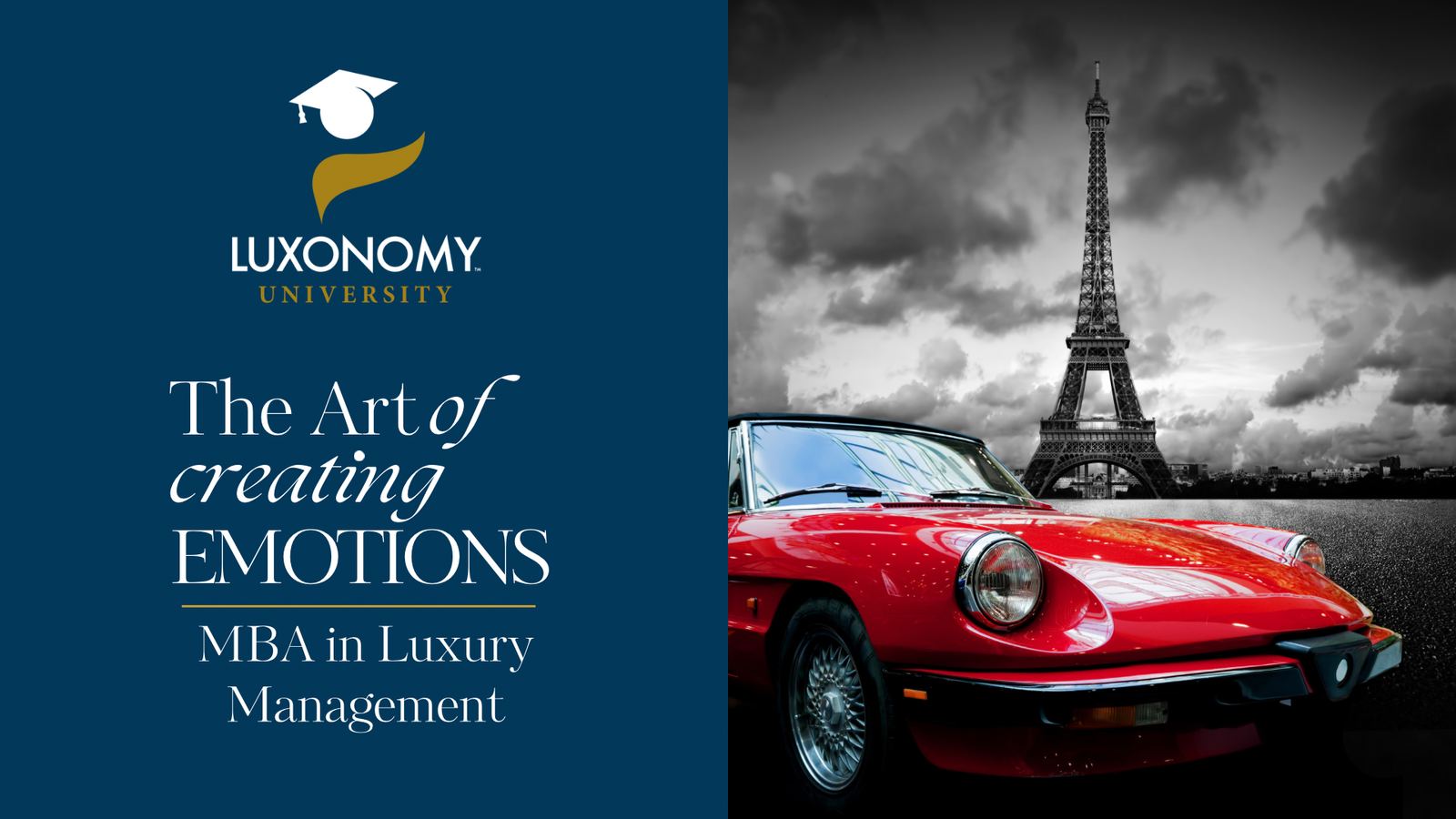The Future of Luxury: What the Industry Will Look Like in 2030 and 2050

In an increasingly volatile, technological, and aging world, luxury does not merely endure—it transforms, redefines itself, and expands. What was once a symbol of material exclusivity will become, in the coming decades, a symbolic economy deeply connected to identity, longevity, and human transcendence.
Growth Radiography: The Expanding Trillion
In 2023, the global luxury sector reached an estimated €1.5 trillion. Projections for 2030 place it at €2.5 trillion, and by 2050, the market could exceed €6 trillion. This expansion is driven by:
-
Rising upper-middle classes in Asia, Africa, and the Gulf.
-
The transformation of the silver consumer: over-60s with greater health, longevity, and purchasing power.
-
Digitization and extreme personalization: luxury is no longer designed—it is co-created.
-
Integration of technology, sustainability, and purpose.
Luxury in 2030: Intelligent, Immersive, and Circular
Throughout this decade, we’ll witness the rise of experiential and immersive luxury. Travel will be multisensory, boutiques will become physical metaverses, and products will be ephemeral yet fully traceable. Brands that haven’t integrated generative AI, circular design, and ethical governance will vanish.
Luxury fashion will be biodegradable, programmable, and “alive” (fabrics responding to the body). Luxury vehicles will be autonomous, energy-neutral, and cognitively responsive. The 2030 luxury consumer doesn’t seek ownership—they seek to experience luxury.
2050: Luxury as an Extension of the Self
By 2050, luxury will be indistinguishable from the individual. It will integrate with DNA, health, digital memory, and personal values. Brands won’t sell products—they’ll sell identity systems, longevity protocols, and curated life blueprints.
Consumers will pay to live longer, better, and more beautifully. And they will pay a premium. Luxury will not be universal—it will be radically segmented, emotionally refined, and technologically intimate.
Projected Luxury Market Breakdown in 2050
| Segment | Share of Market | Expected Value |
|---|---|---|
| Tourism & Hospitality | 25% | €1.5 trillion |
| Fashion & Accessories | 20% | €1.2 trillion |
| Wellness & Longevity | 20% | €1.2 trillion |
| Luxury Automotive | 15% | €900 billion |
| Art, Culture & NFT | 10% | €600 billion |
| Premium Education & AI | 10% | €600 billion |
Major Drivers of Change
-
Silver Economy: Over-60s will lead more than 50% of luxury consumption by value.
-
Generative Digital Luxury: Unique AI-created products based on lifestyle, emotions, or DNA.
-
Biobrands: Brands that act as identity mirrors for their users.
-
Spirituality and Purpose: Rise of introspective experiences centered on silence, mindfulness, and legacy.
-
Education as a New Luxury: Knowledge becomes a new marker of status and cultural distinction.
Final Thought: Luxury Is Not a Market—It Is a Meaning Ecosystem
As we approach 2050, luxury will become one of the main organizing forces of human life: decoding desires, shaping lifestyle, and giving narrative to our biographies.
Brands that thrive won’t be the loudest, but the most meaningful. In this new order, luxury will be less visible but more essential. It won’t be flashy—it will be transformational.
Want to delve much deeper into this knowledge? MBA in Luxury Management at LUXONOMY University.
Share/Compártelo
- Click to share on LinkedIn (Opens in new window) LinkedIn
- Click to share on WhatsApp (Opens in new window) WhatsApp
- Click to share on Facebook (Opens in new window) Facebook
- Click to share on X (Opens in new window) X
- Click to share on Threads (Opens in new window) Threads
- Click to email a link to a friend (Opens in new window) Email
- Click to print (Opens in new window) Print
- More
Related
Discover more from LUXONOMY
Subscribe to get the latest posts sent to your email.





















